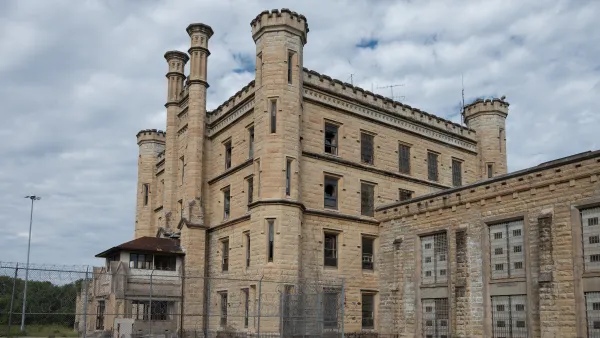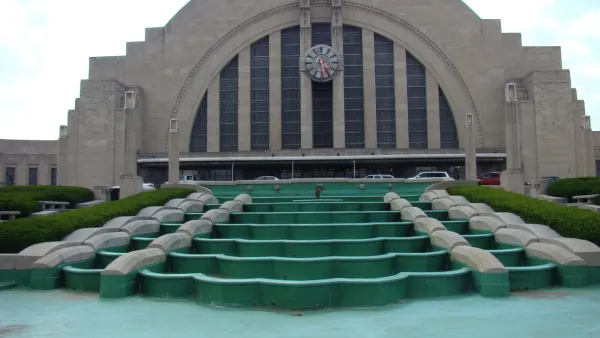Peter Hermann describes the police force's efforts in D.C.'s up-and-coming areas to put a stop to crime and congestion before it even occurs.
The revitalization of an area or community is often seen as an effective means to reduce crime, but could this process actually draw in the very thing it is meant to discourage? D.C. Police Chief Cathy L. Lanier has begun using real estate trends to predict and prevent crime in redeveloping areas of the city, which can be vulnerable to crowding, traffic and criminal activities. Says Hermann, "Economic development data can be as important in shaping police staffing decisions as armed-robbery statistics."
Lanier has recently targeted H Street in Northeast, and Columbia Heights and the U Street corridor in Northwest, due to increases in robberies and nuisance crimes as the areas redevelop, displacing the drug-dealing and prostitution that was taking place.
Why doesn't redevelopment make policing easier? "One reason redevelopment challenges police is that it doesn't happen all at once," writes Hermann. "Along H Street NE, for instance, the bars, dance studio, restaurants and clubs are still next to boarded-up buildings."
Lanier intends to resolve these shortcomings by utilizing the data at hand to project future outcomes. "Ultimately, it's a complete shift in standards, regulations, transportation, policing and public safety. If we know where the development is, we can predict a little better and put things in place to prevent crimes from popping up in those places."
FULL STORY: D.C. police measure up-and-coming neighborhoods

National Parks Layoffs Will Cause Communities to Lose Billions
Thousands of essential park workers were laid off this week, just before the busy spring break season.

Retro-silient?: America’s First “Eco-burb,” The Woodlands Turns 50
A master-planned community north of Houston offers lessons on green infrastructure and resilient design, but falls short of its founder’s lofty affordability and walkability goals.

Delivering for America Plan Will Downgrade Mail Service in at Least 49.5 Percent of Zip Codes
Republican and Democrat lawmakers criticize the plan for its disproportionate negative impact on rural communities.

Test News Post 1
This is a summary

Test News Headline 46
Test for the image on the front page.

Balancing Bombs and Butterflies: How the National Guard Protects a Rare Species
The National Guard at Fort Indiantown Gap uses GIS technology and land management strategies to balance military training with conservation efforts, ensuring the survival of the rare eastern regal fritillary butterfly.
Urban Design for Planners 1: Software Tools
This six-course series explores essential urban design concepts using open source software and equips planners with the tools they need to participate fully in the urban design process.
Planning for Universal Design
Learn the tools for implementing Universal Design in planning regulations.
EMC Planning Group, Inc.
Planetizen
Planetizen
Mpact (formerly Rail~Volution)
Great Falls Development Authority, Inc.
HUDs Office of Policy Development and Research
NYU Wagner Graduate School of Public Service




























